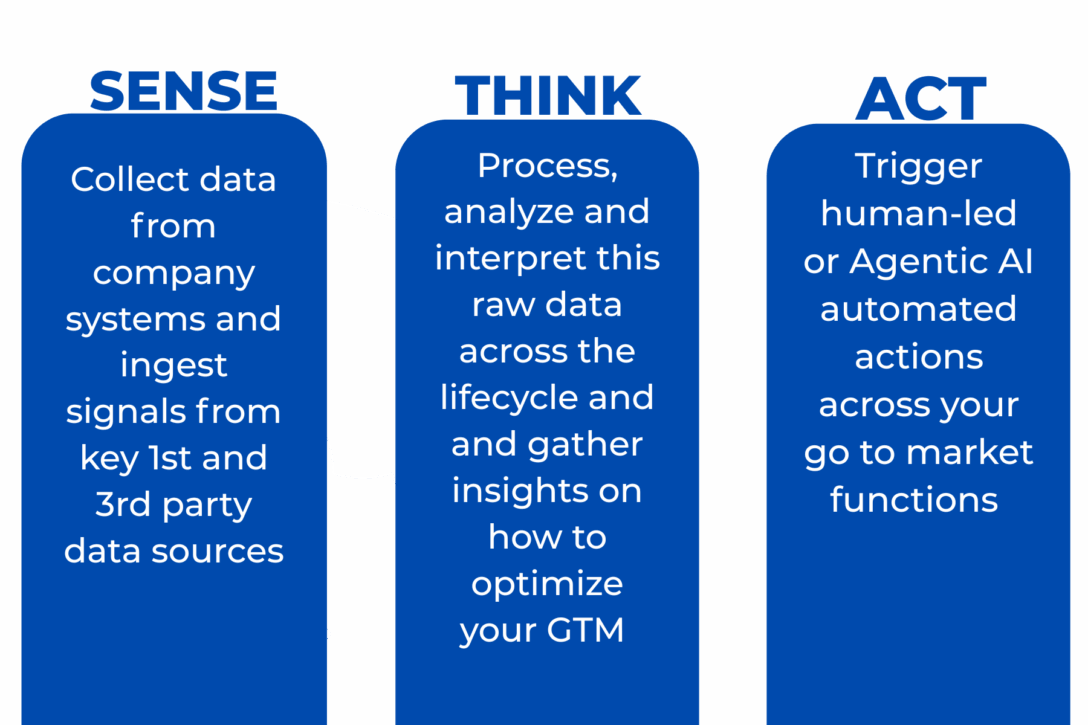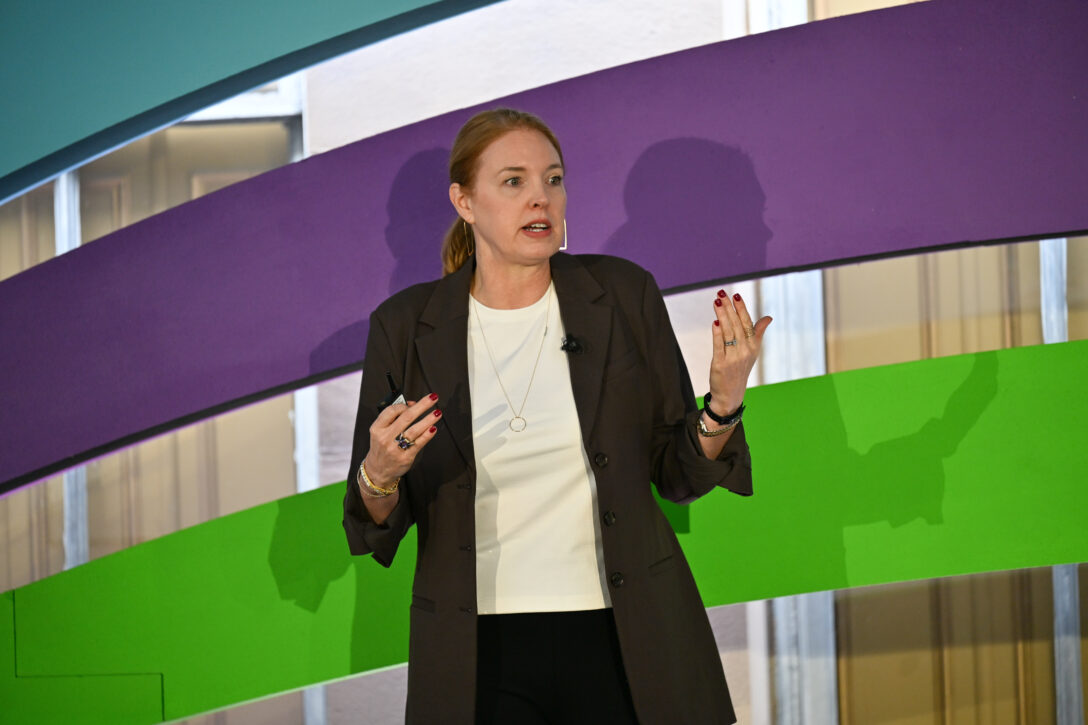Summary
The OpsStars 2025 Recap highlights how operations leaders are transforming signals into strategy. This year’s event showcased how AI, data, and teamwork are redefining how B2B organizations plan, execute, and adapt across the customer journey.
What You’ll Learn
- How AI is reshaping the structure and focus of Ops pros
- Why buying groups motions are driving better deal outcomes
- Lessons from companies like Rockwell, Veeam, and Samsara
- How RevOps leaders are designing an enterprise “nervous system”
- What intelligent orchestration means for GTM teams

The Energy Behind OpsStars 2025
At the San Francisco Mint, the 10th anniversary of OpsStars gathered hundreds of professionals leading the future of operations, marketing, and sales. The dual themes of decoding signals and driving strategy reflected the urgency and opportunity facing GTM teams today.
LeanData CEO Katy Keim opened the event with a call to action:
“What is happening in the industry is an unprecedented level of complexity, and operations people are built for it. This is your moment.”
Keim’s message captured the spirit of OpsStars 2025: RevOps is no longer a back-office function.
It’s becoming the center of strategy, connecting technology, data, and people around how companies engage and grow.
Turn Signals into Strategy: RevOps Transformed by AI
AI was not only a discussion point, but also a framework for the next phase of operational excellence.
Katy Keim introduced the concept of the enterprise nervous system, a model for how organizations can detect, interpret, and act on buyer activity in real time.
The enterprise nervous system is built on three pillars:
- Sense: Capture every buyer signal across the journey.
- Think: Connect those signals to uncover what really matters.
- Act: Use automation and human insight to engage in real time.

This shift represents a broader redefinition of operations: from static management to dynamic responsiveness.
In this environment, speed and intelligence are no longer competing priorities. Together, they define how modern RevOps leaders scale precision across every interaction.
“The future belongs to teams who can sense opportunity, think strategically, and act intelligently,” Katy said.
Keynote takeaways:
- AI is turning data into a real-time decision engine.
- RevOps is evolving from efficiency management to growth leadership.
- Sensing and interpreting signals are now as critical as acting on them.

Buying Group Signals: Capturing the Full Buyer Journey
One of the most discussed themes was the end of the single-lead mindset. Amy Hawthorne of Forrester noted that today’s B2B purchases involve an average of 13 internal stakeholders and nearly nine external influencers such as analysts, peers, and partners
At Palo Alto Networks’ session, Lauren Daley and Jeremy Schwartz shared what happens when you operationalize that reality.
Their team built a buying-group scoring model that connects campaign engagement, opportunity data, and persona roles. The results were striking:
- Opportunities with an active buying group were 15 times more likely to progress to forecast.
- Those opportunities averaged 3× larger deal sizes and 2× higher win rates compared to single-contact deals
By giving sellers visibility into every active participant, marketing delivered not just leads but full deal context. As Daley explained, that context “helps sellers understand who’s involved and how to move that deal forward.”
Scaling a Buying Groups Motion
Workiva’s Mikayla Wilson described how her team gained traction with buying group adoption. Rather than mandating a company-wide rollout, they started with a small pilot focused on one region and one product line. This allowed the team to demonstrate early success before expanding across departments
Her team prioritized three principles:
- Begin where data quality is strongest. Test models where contact data and engagement history are already reliable.
- Show results in language executives understand. Reporting improvements in win rate and pipeline progression built immediate credibility.
- Create advocates internally. Early champions across sales and customer success helped normalize the new buying-group motion.
Wilson’s advice to attendees was practical: “Start small, prove value fast, and scale only when adoption is steady.” That approach echoed across multiple sessions as the sustainable way to evolve from lead-based to opportunity-centric engagement.

AI in Operations: Turning Signals into Action
It’s no surprise that at this year’s OpsStars, AI was about results.
AI is amplifying RevOps, making teams faster, smarter, and more in tune with buyers. Speakers from Nvidia, Samsara, Avalara, and OpenAI showcased how AI enables this transformation.
Trailblazing tactics:
- Nvidia uses agentic AI to route leads, identify buying groups, and build custom email cadences. Doing so, it’s removing junk leads and surfacing the ones that matter.
- Samsara combined automation, prompt-driven scoring, and LeanData routing to create a 5-minute SLA and 3x conversion rates.
- Avalara’s Mike Marek built what he calls a “dating app for outbound,” funneling top opportunities to sales reps via a custom GPT.
- OpenAI’s Jeff Canada outlined the AI maturity model for Ops teams, from small wins (data cleanup, enrichment) to large-scale automation for campaign and list management (“mops-o-matic” anyone?).
What the speakers agreed on:
- Start small, learn fast, scale smart
- Prioritize clean data and governance
- Make AI a team sport: hackathons, marketing intelligence teams, and culture shifts all matter

Where Ops Pros Go Next
The OpsStars 2025 sessions collectively pointed to a new reality for GTM: growth comes from connected intelligence. When marketing, sales, and customer success teams interpret signals together, they move from parallel activity to synchronized execution.
Further, OpsStars 2025 made it clear that Ops pros are now the architect of this connection. Leaders are unifying data, aligning metrics, and using AI to translate insight into timely action.









